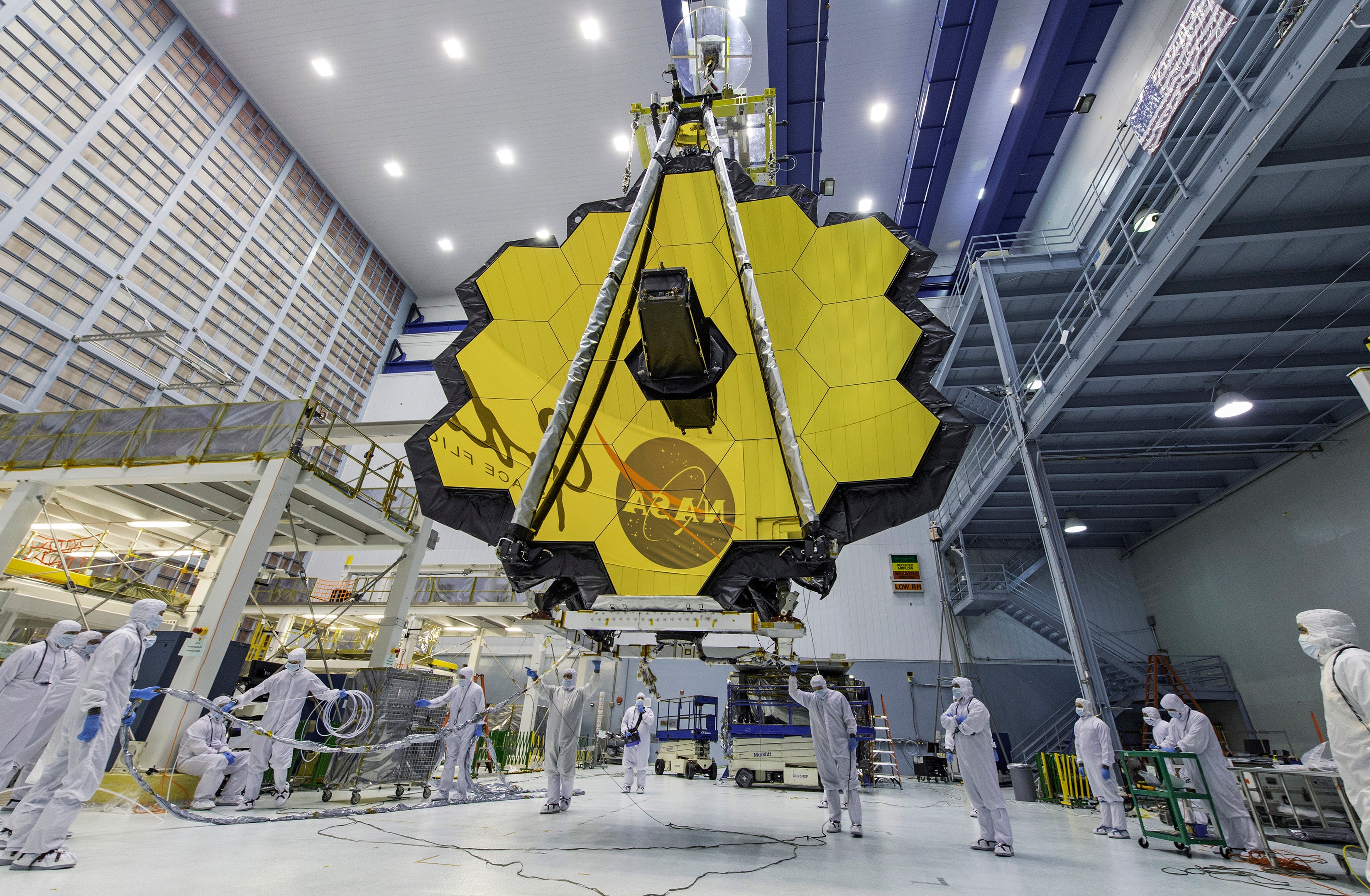Stunning pictures from the James Webb Space Telescope have a dark story behind them
James Webb was head of Nasa during the ‘Lavendar Scare’, when many LGBTQ people were forced out of government positions

The release of the deepest images of space from the James Webb Space Telescope has reignited a controversy closer to home.
The telescope, which brought pictures of galaxies and nebulae from over 13 billion light years from our home planet, has been the centre of a debate over its name due to accusations of homophobia.
James Webb, the second administrator of Nasa, led the space agency in the 1960s, and has been associated with the persecution of LGBTQ people. This was common at the time, and was known as the Lavender Scare.
During Webb’s tenure as head of Nasa one employee – Clifford Norton – was fired in 1963 for “immoral, indecent, and disgraceful conduct” after being interrogated on suspicion of homosexuality.
Internal Nasa documents found through a freedom of information act revealed that “Nasa had decided that removal of homosexual employees would be its policy. They had a choice during Webb’s tenure as administrator to set or change that policy”, wrote Nature, which first published the documents.
The paper was described as not meant for public release. Other key decisions were made in meetings and not in writing.
The controversy over James Webb’s legacy has caused resignations within Nasa. Lucianne Walkowicz, who is nonbinary, wrote an open letter to Nasa’s Astrophysics Advisory Committee (APAC) accusing it of lying about the decision-making process that led to the naming of the James Webb telescope.
After the decision was announced, 1700 scientists, students and LGBTQ activists signed a petition calling for the telescope to be renamed.
Nasa said its historians would open an investigation into Mr Webb’s conduct, but came to the conclusion changing the name was not necessary. It has not said how it conducted the research or how it came to its result.
“We’ve done as much as we can do at this point and have exhausted our research efforts,” senior science communications officer Karen Fox told NPR at the time.
Nasa also said that the mission “reflects the rainbow of possible universes that our community imagines, dreams about, and works for, and its name should reflect its future legacy”.
Following the launch of the telescope Chanda Prescod-Weinstein, an assistant professor of physics at the University of New Hampshire and one of four researchers heading the call to rename the telescope, tweeted: “As one of the people who has been leading the push to change the name, today feels bittersweet, I’m so excited for the new images and so angry at Nasa HQ.”
Phil Plait, the author of the Bad Astronomy blog, also tweeted: “The observatory will produce amazing science and gorgeous images, certainly the equal of anything Hubble has done.
“But it’s named after someone irrevocably tied to bigotry and homophobia, and moreover Nasa has botched the way they handled the situation.”
Join our commenting forum
Join thought-provoking conversations, follow other Independent readers and see their replies
Comments
Bookmark popover
Removed from bookmarks